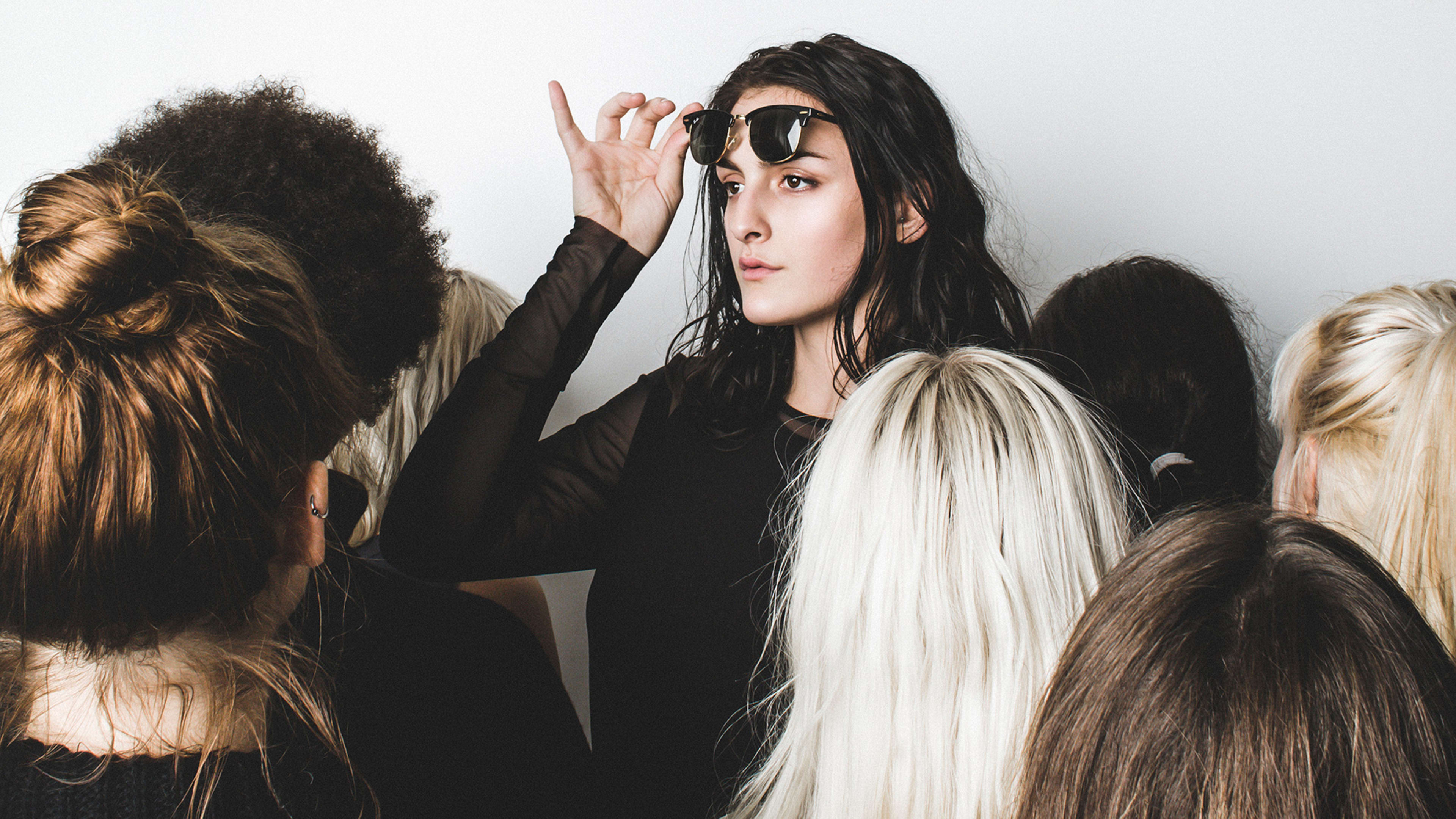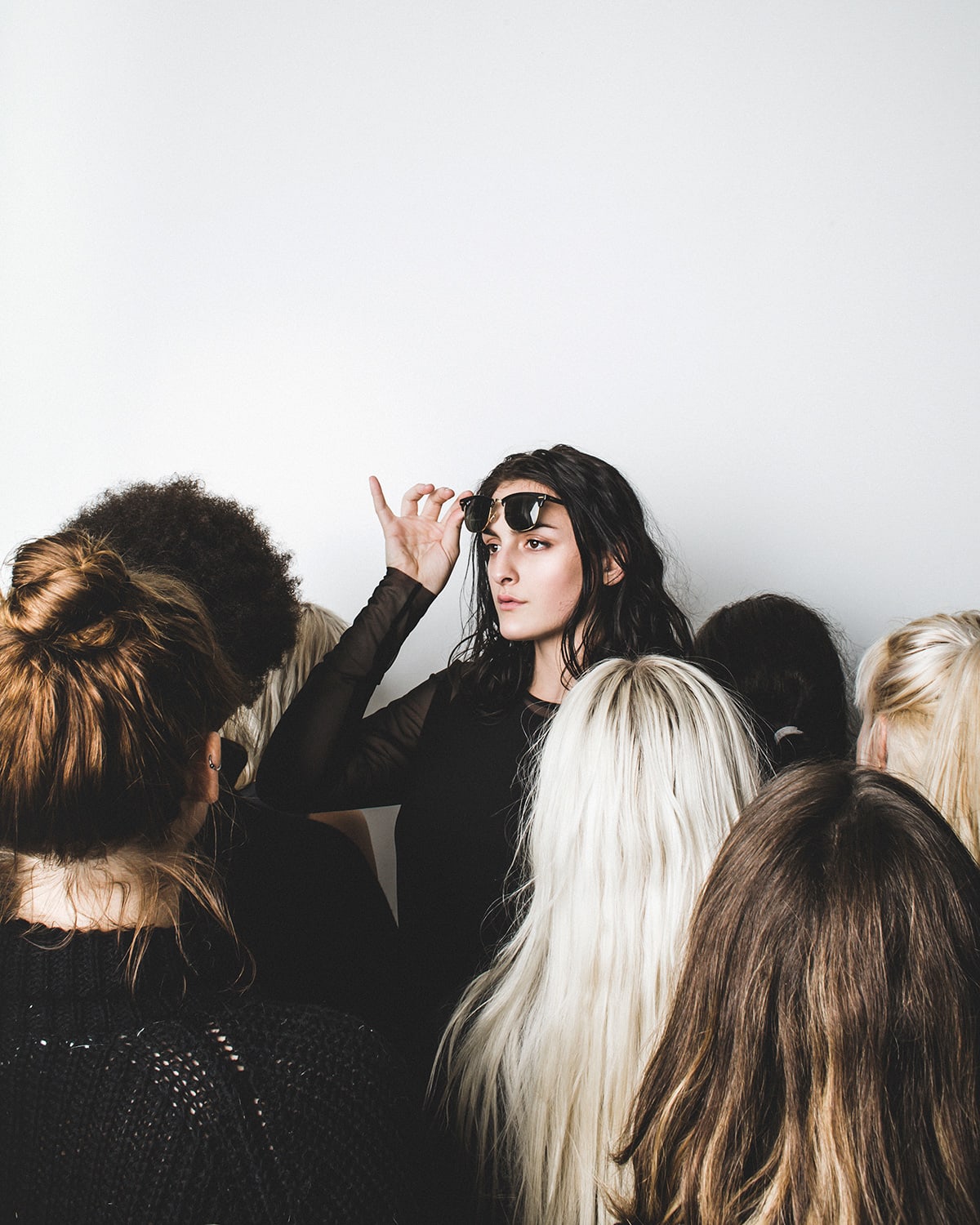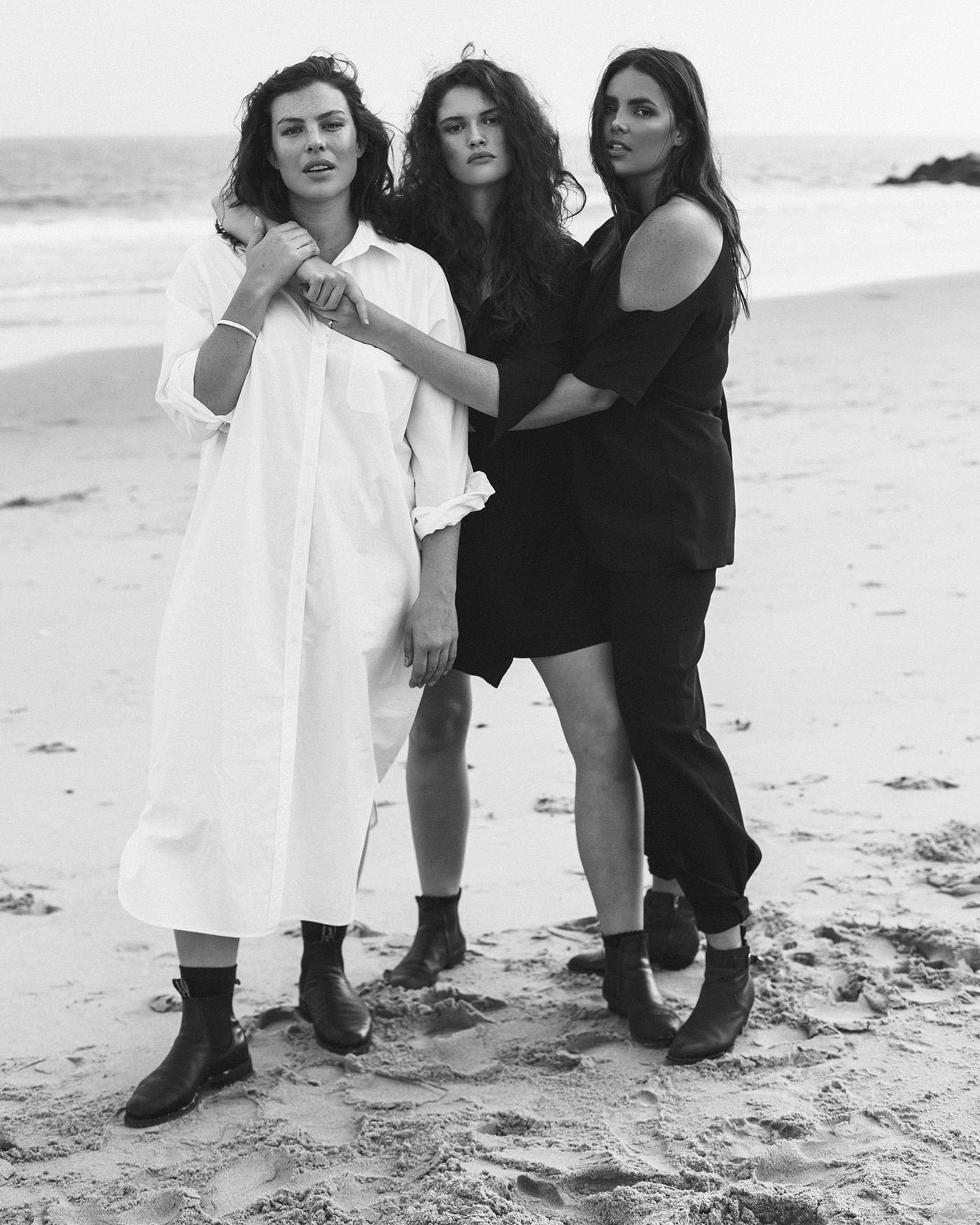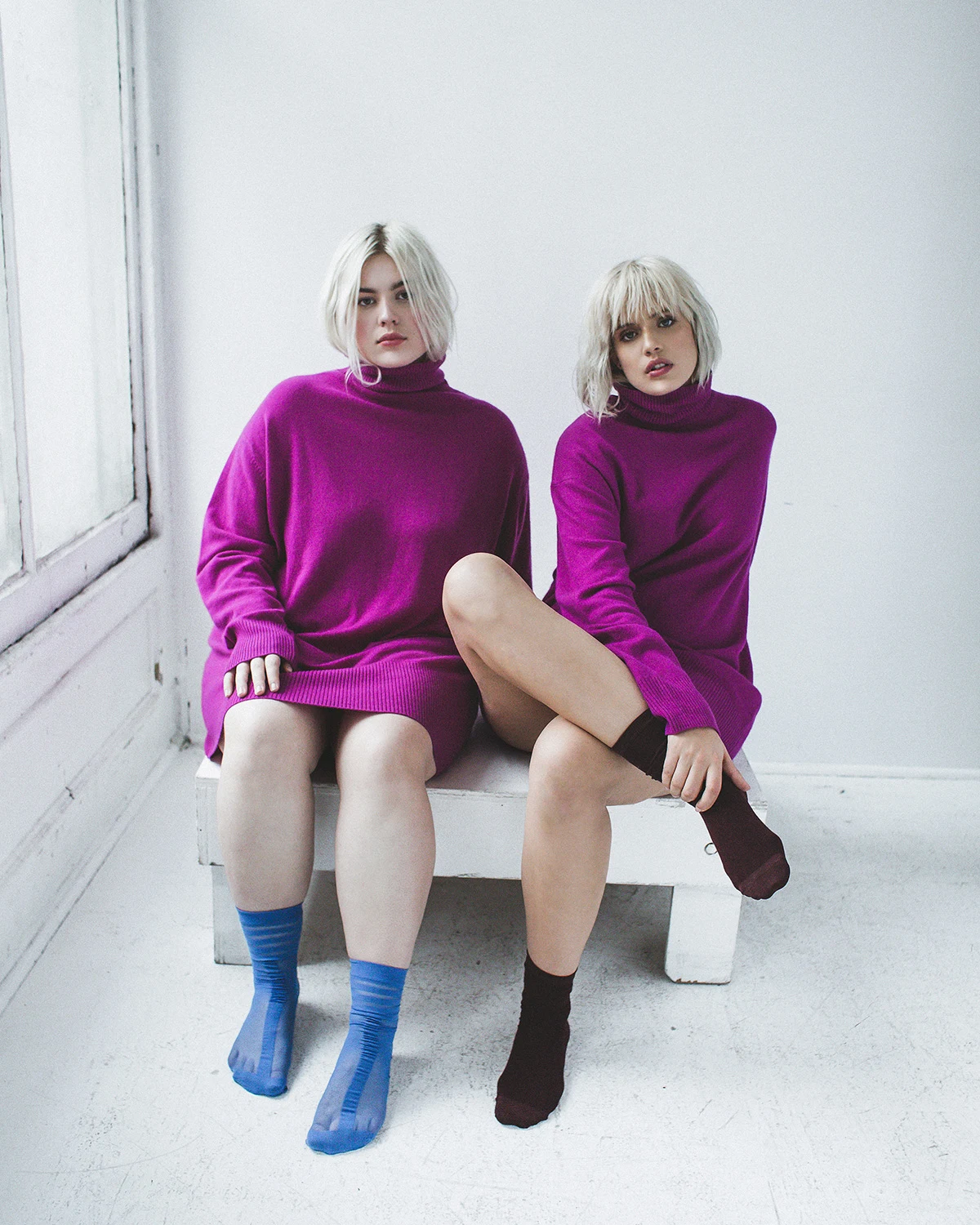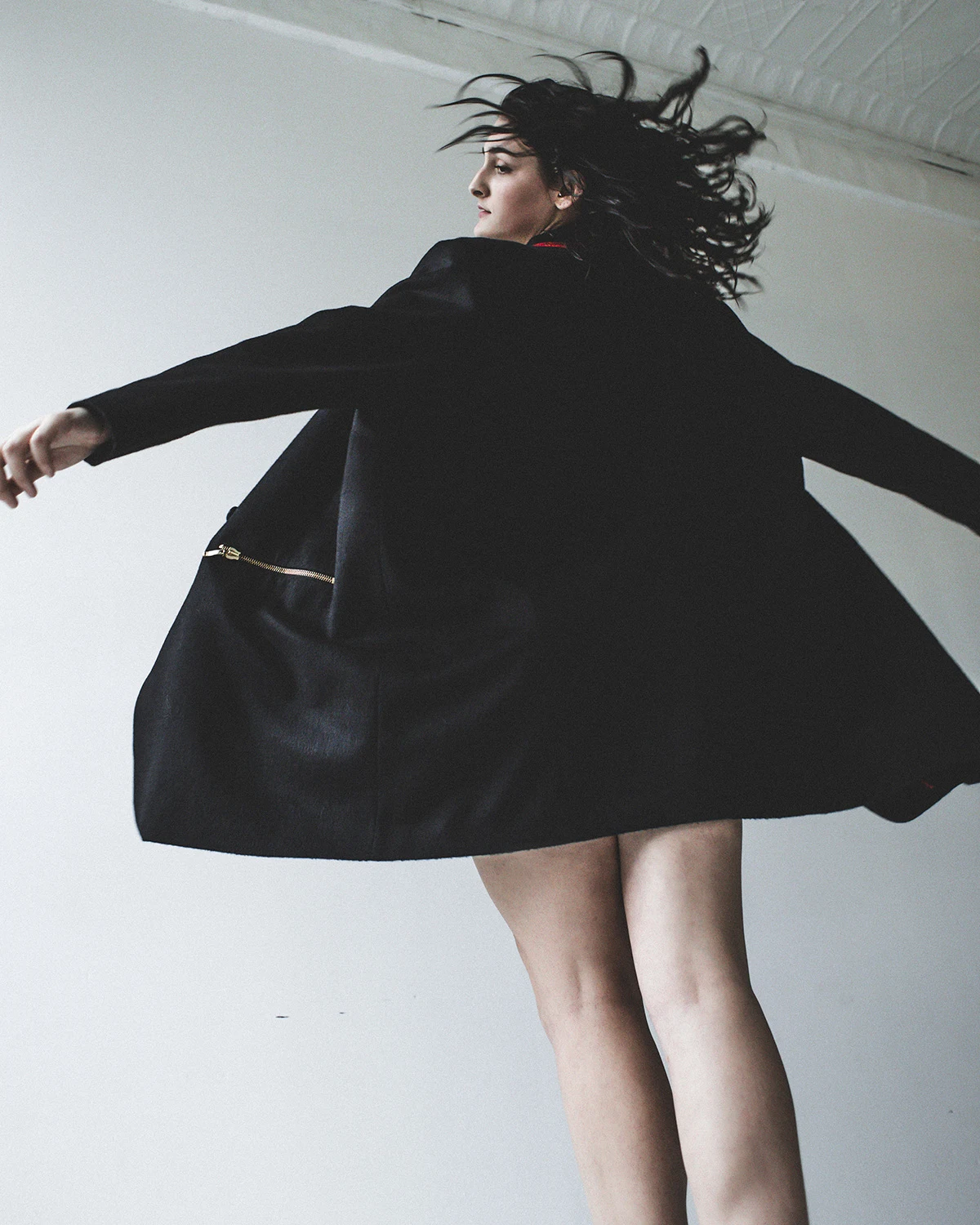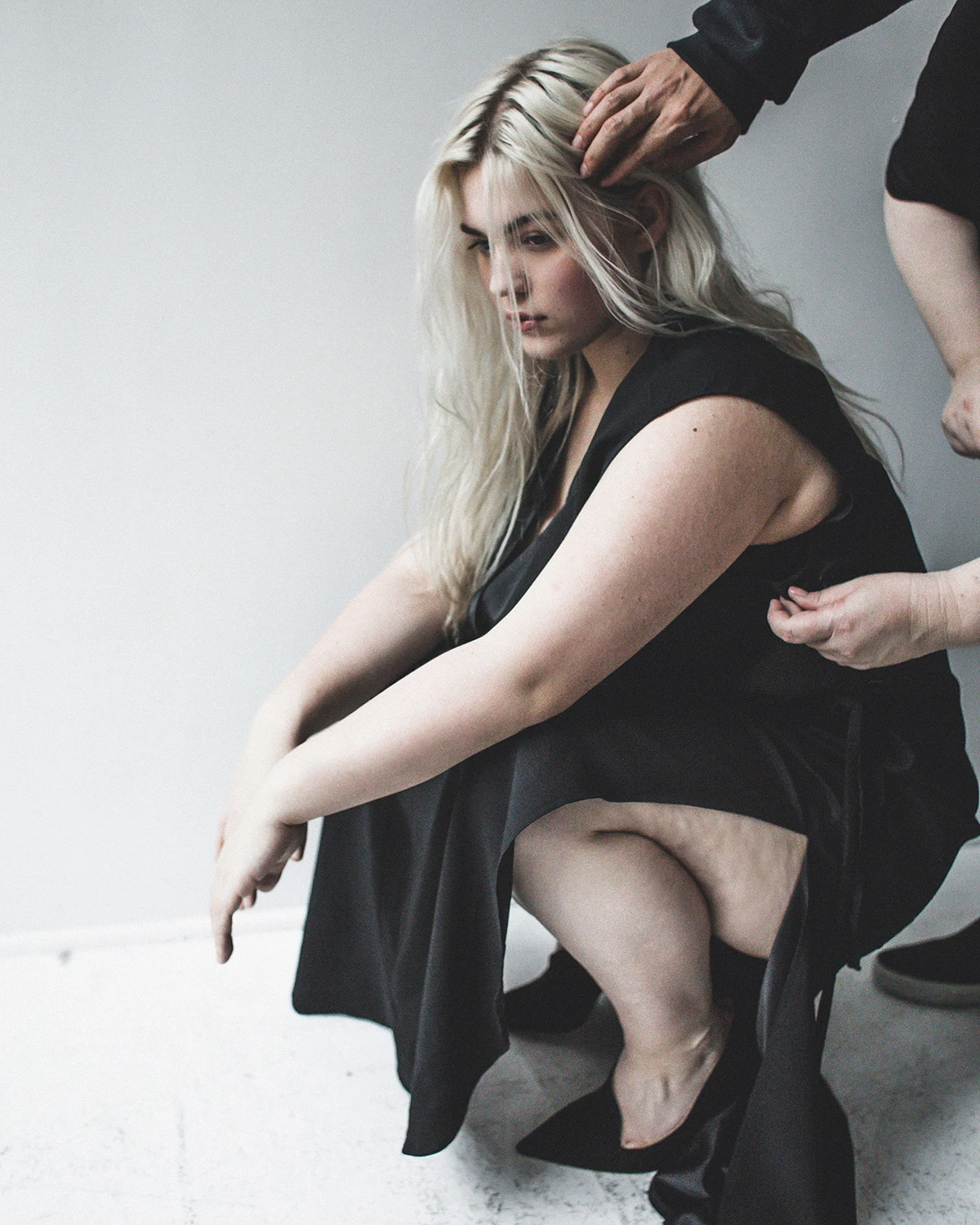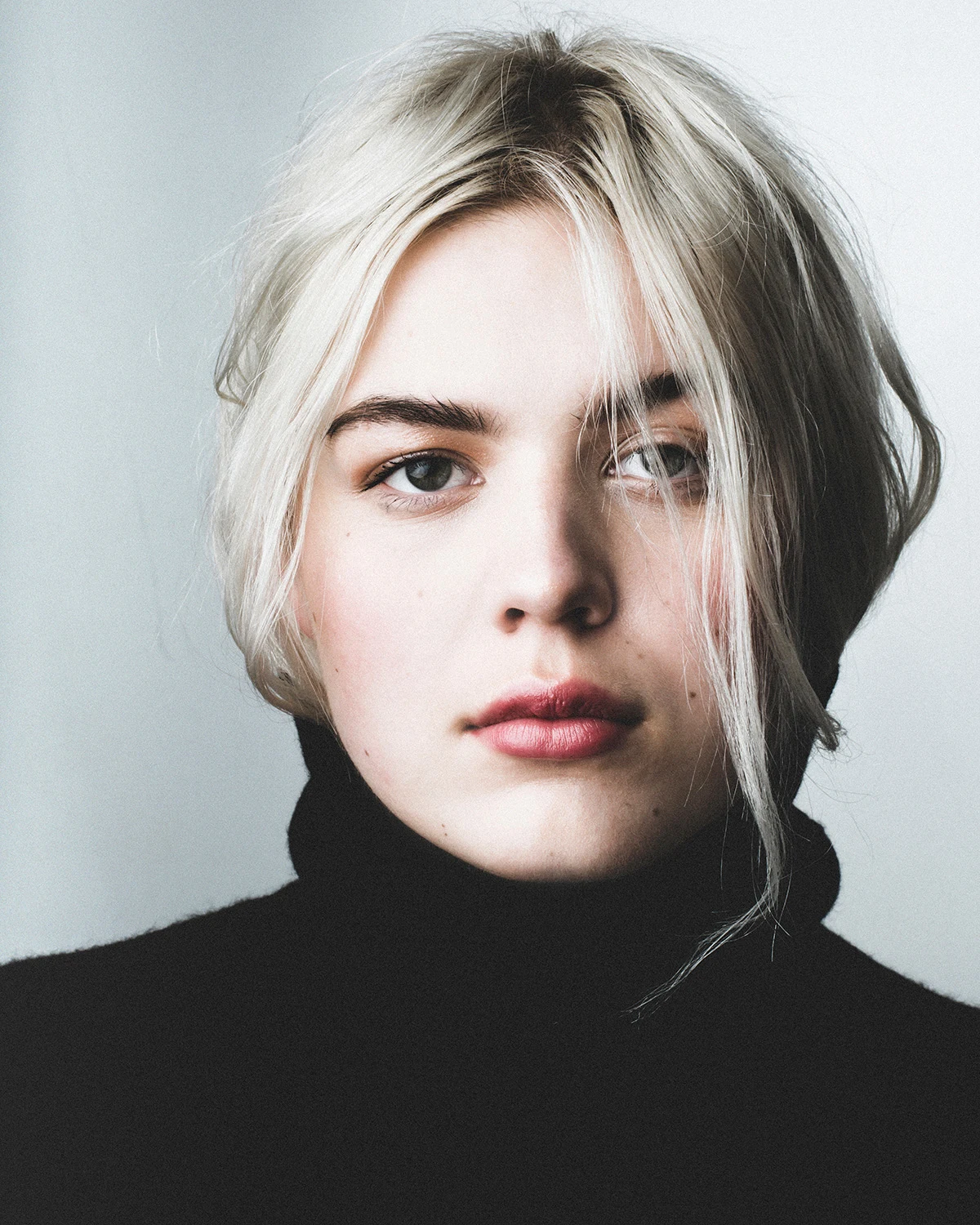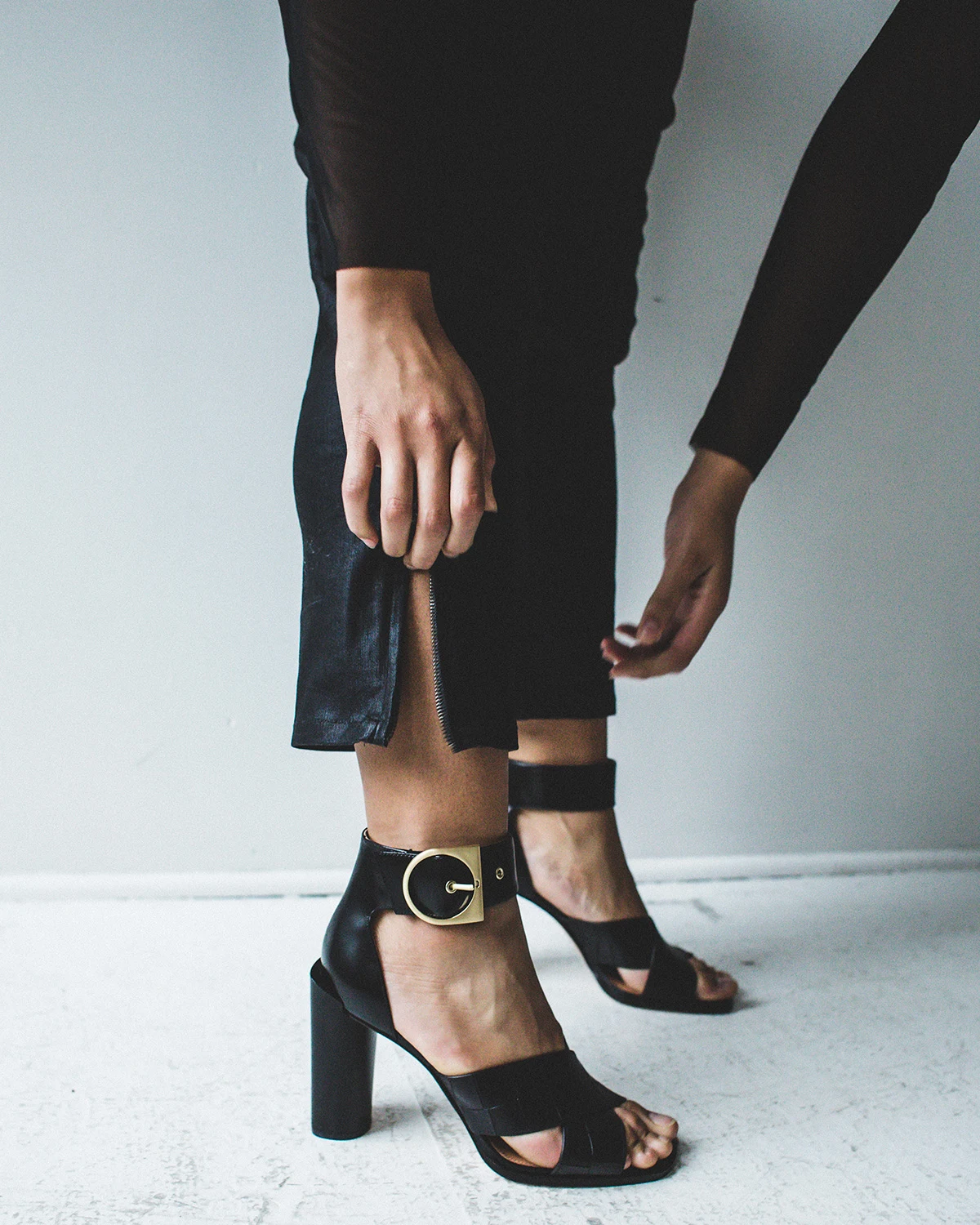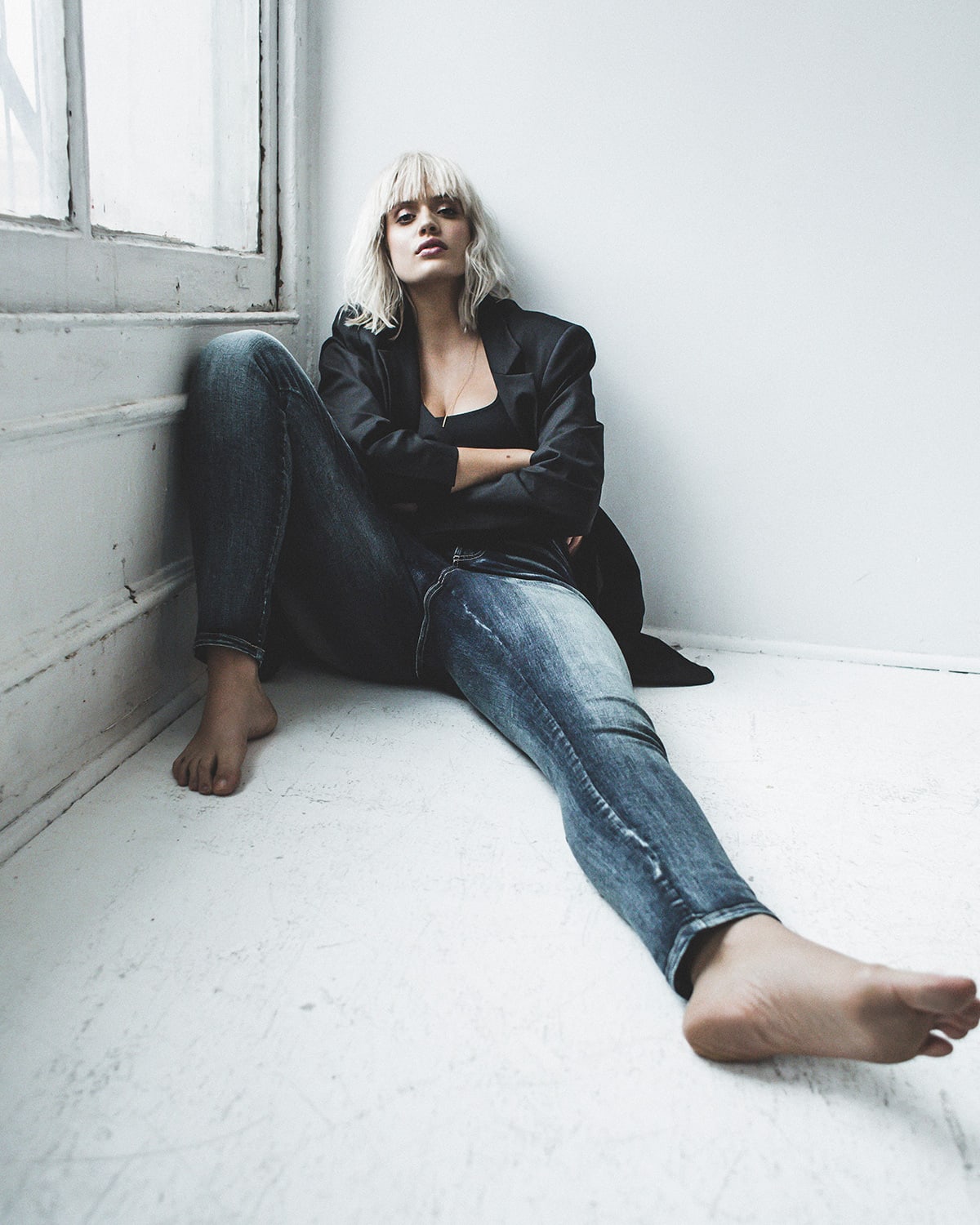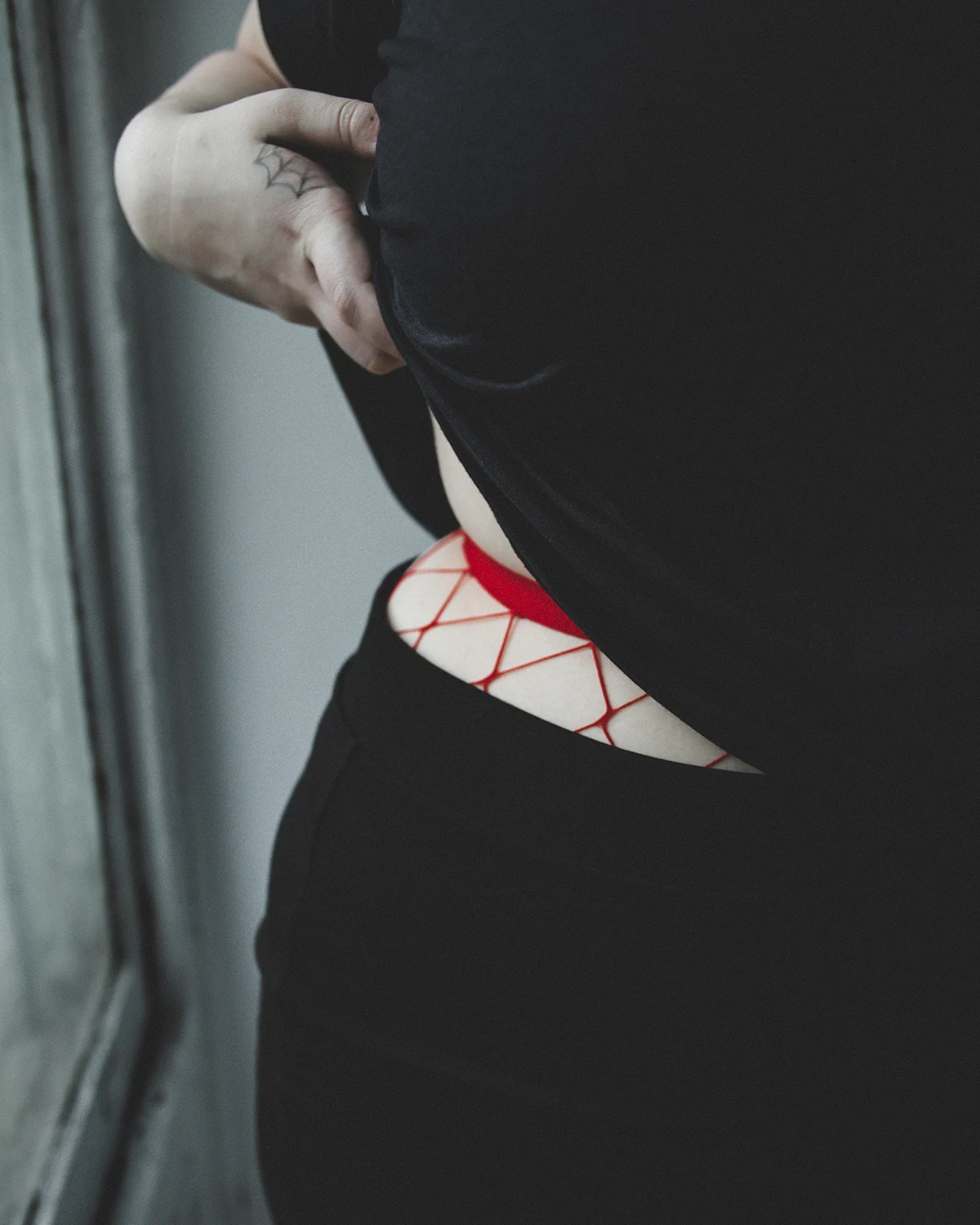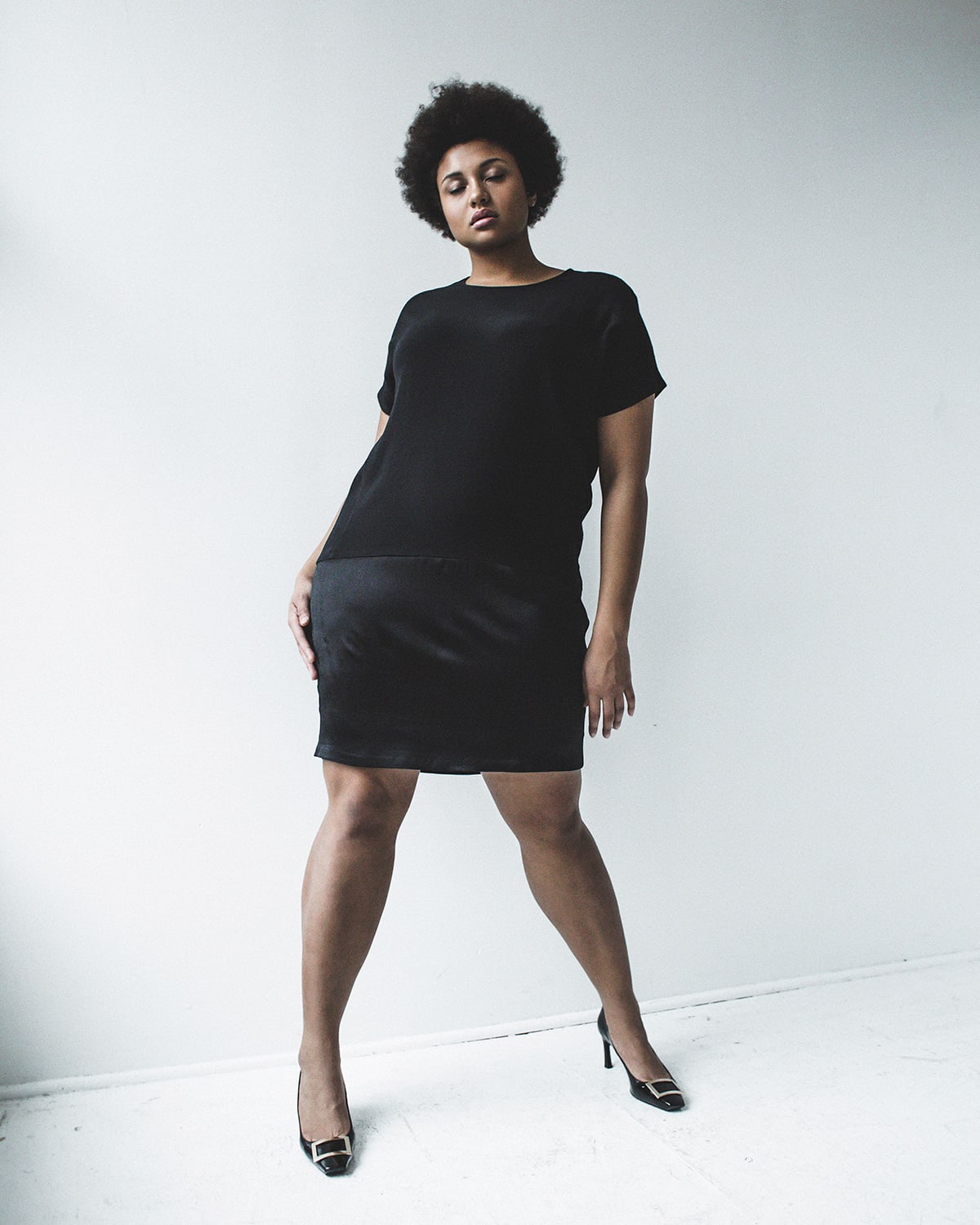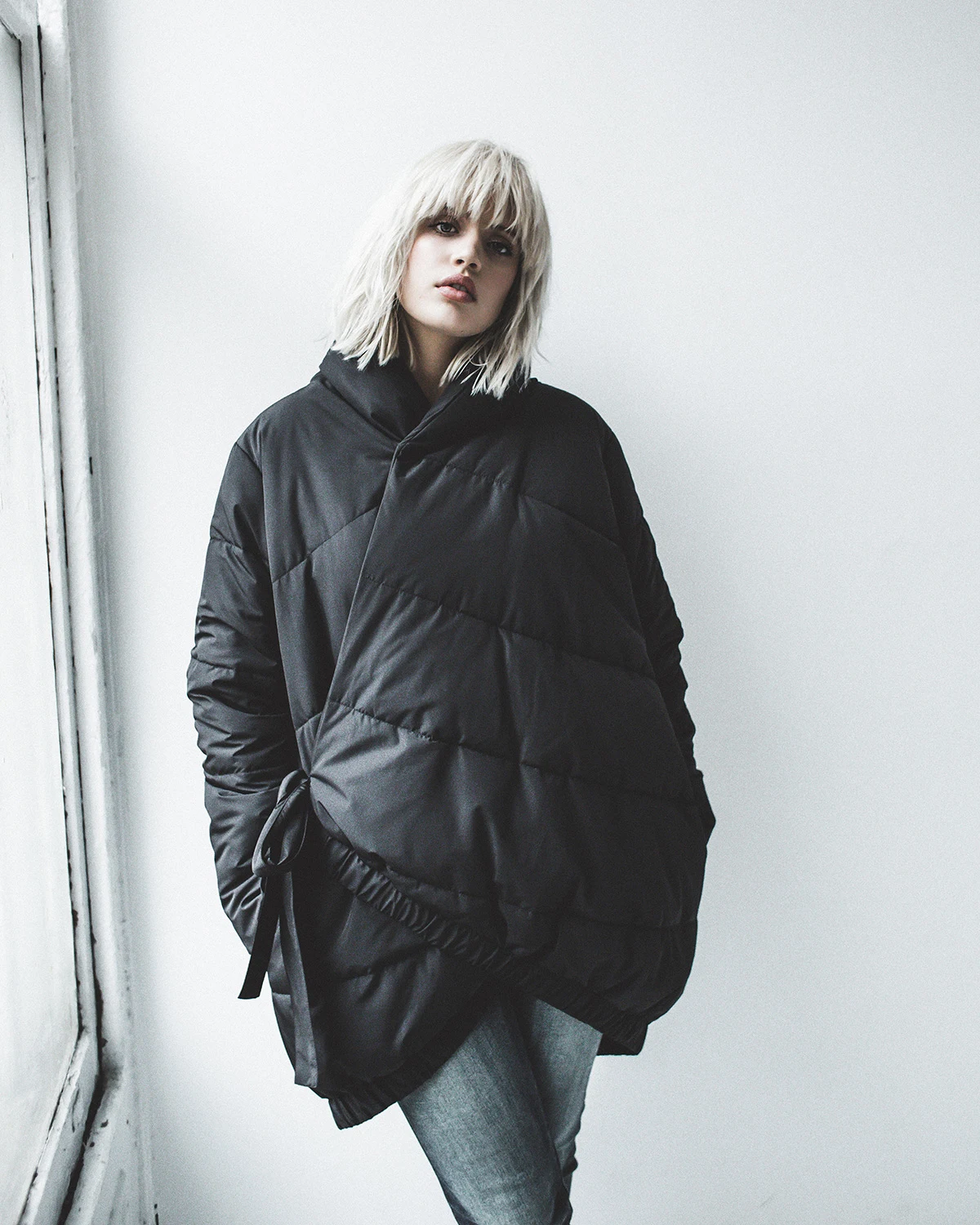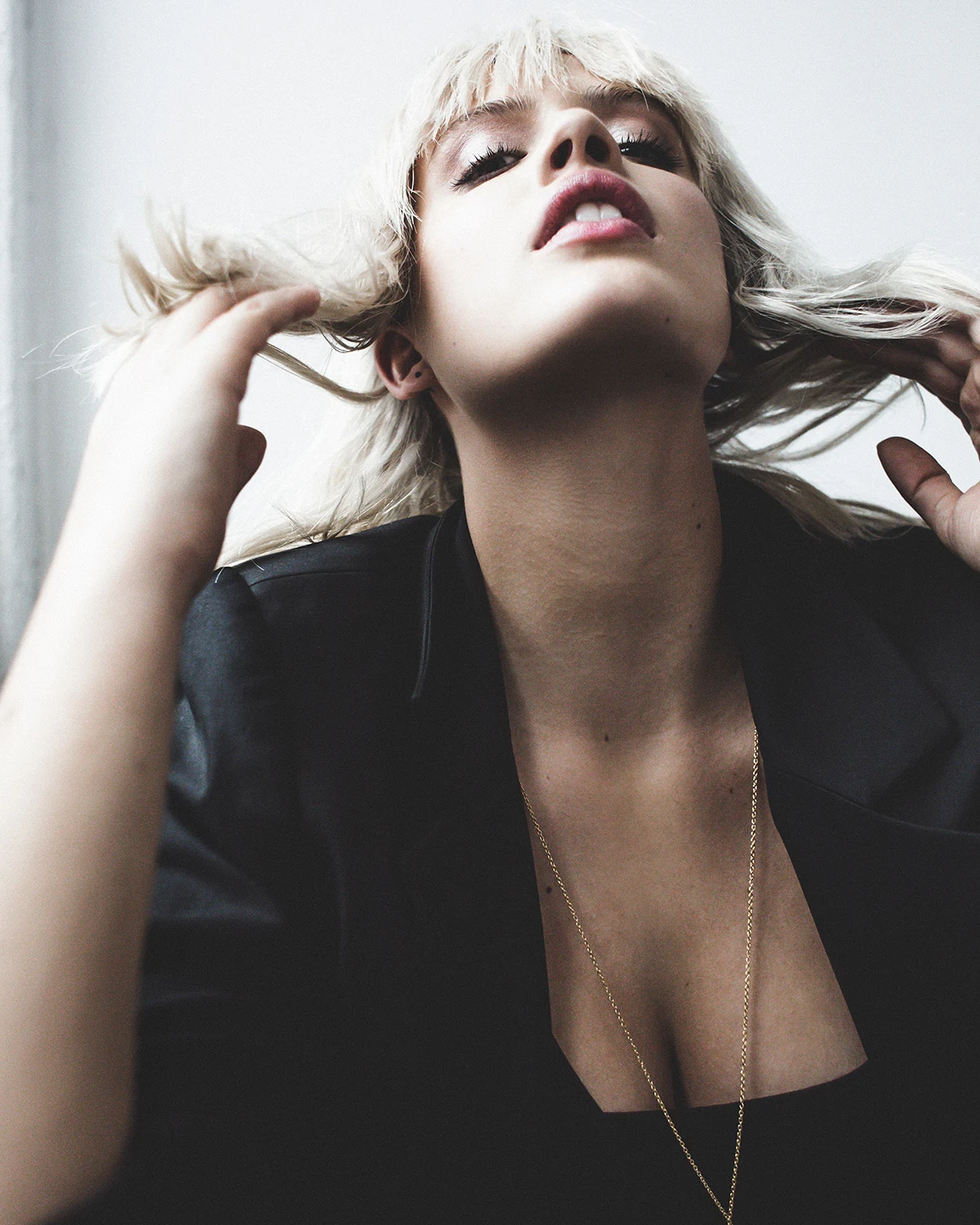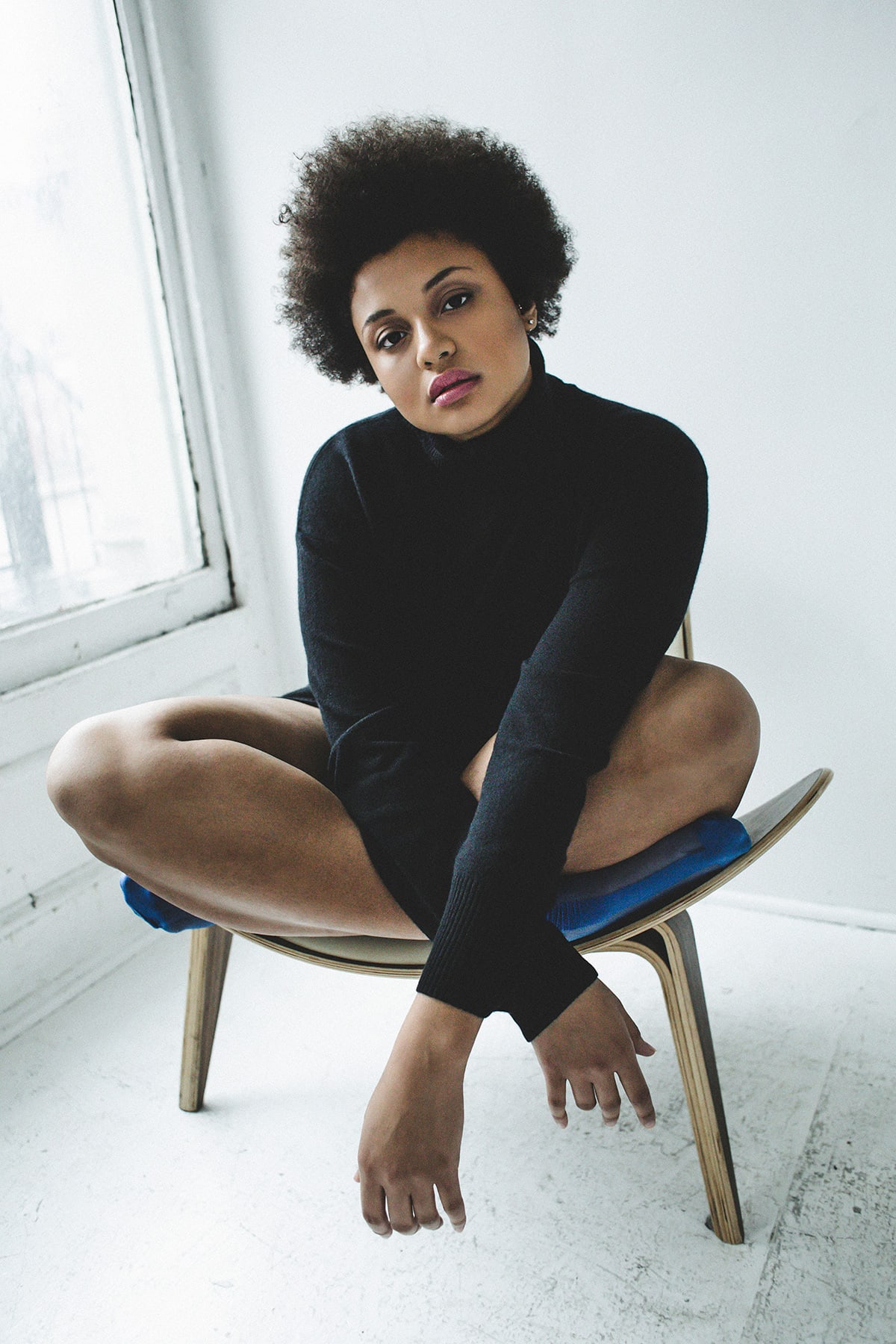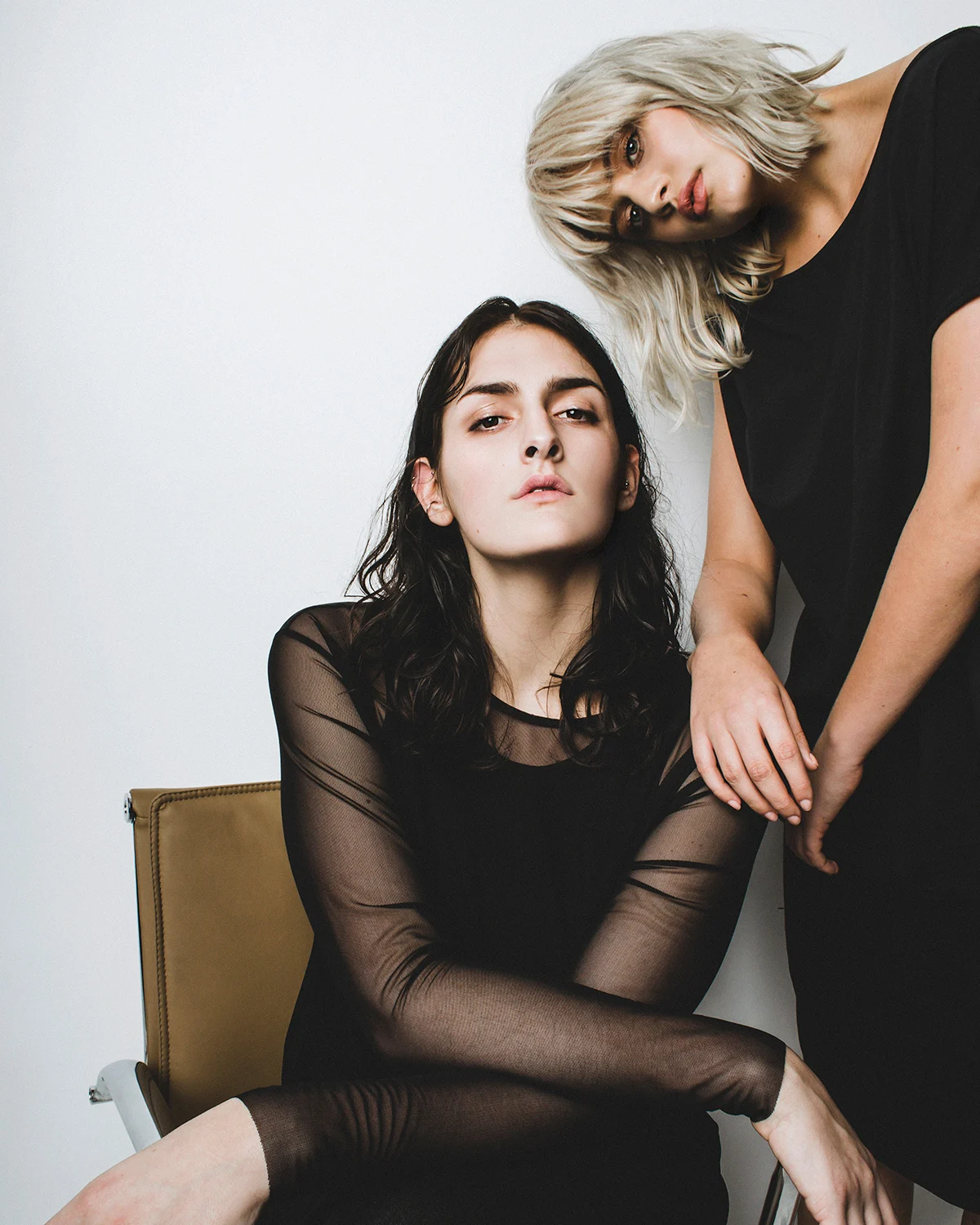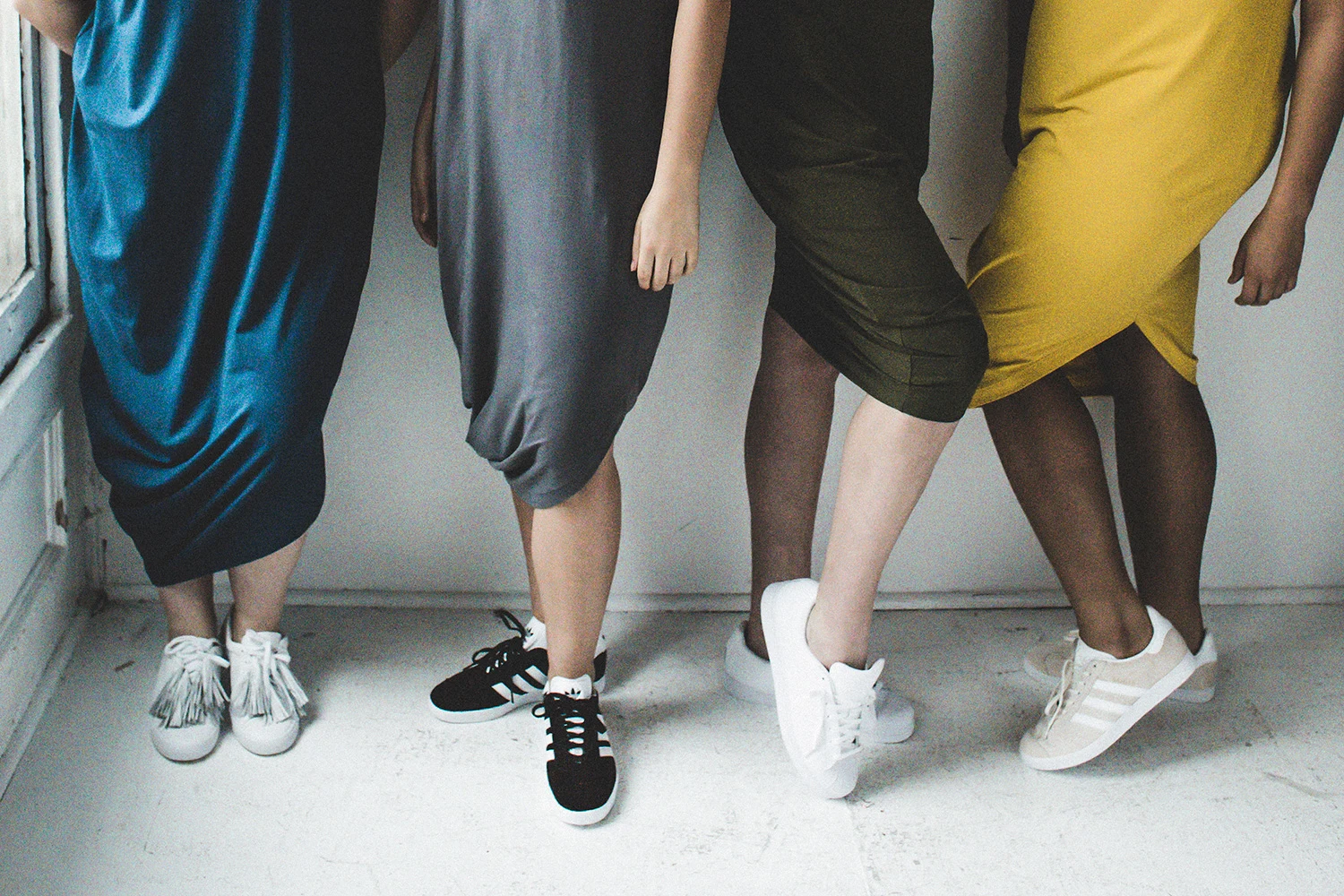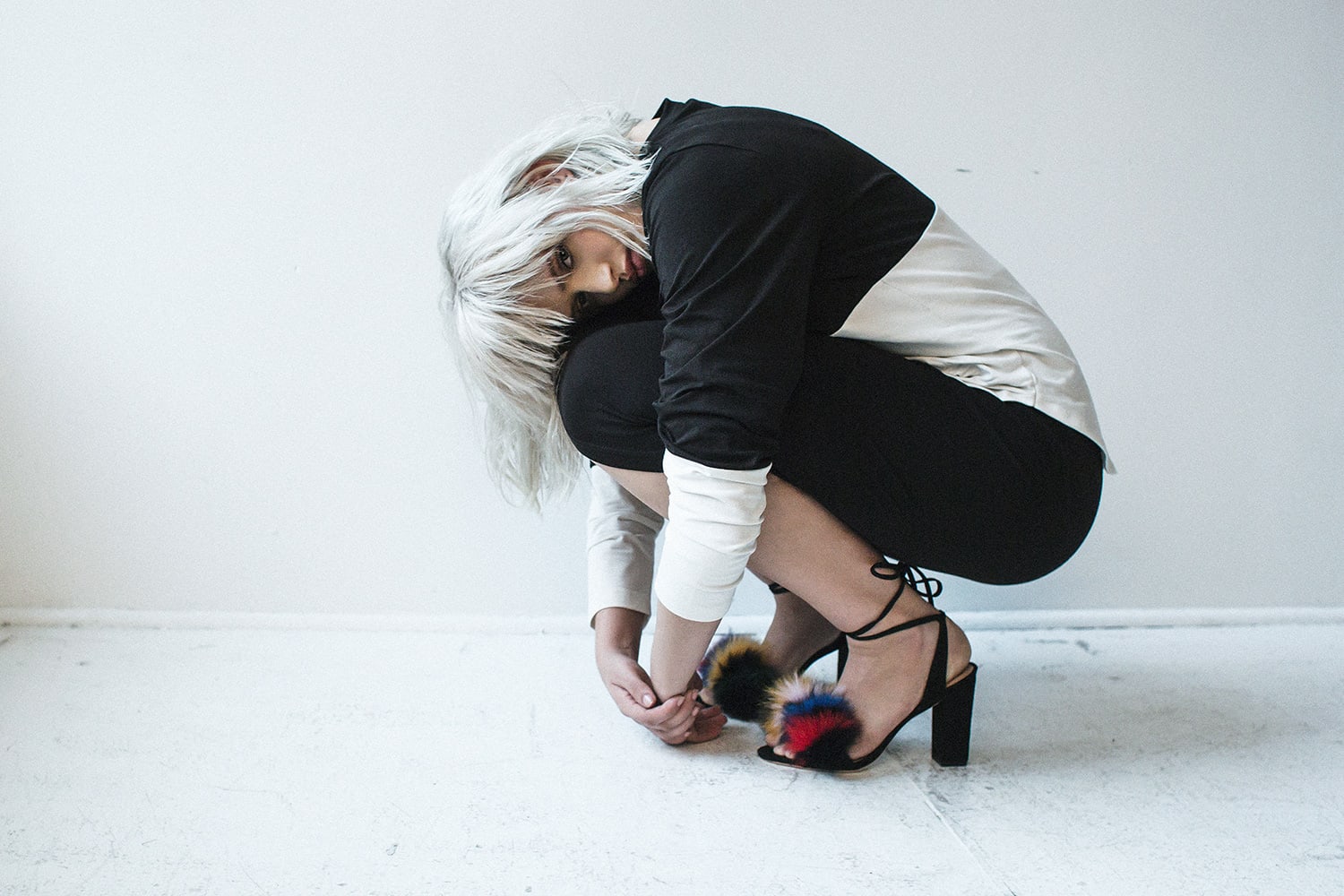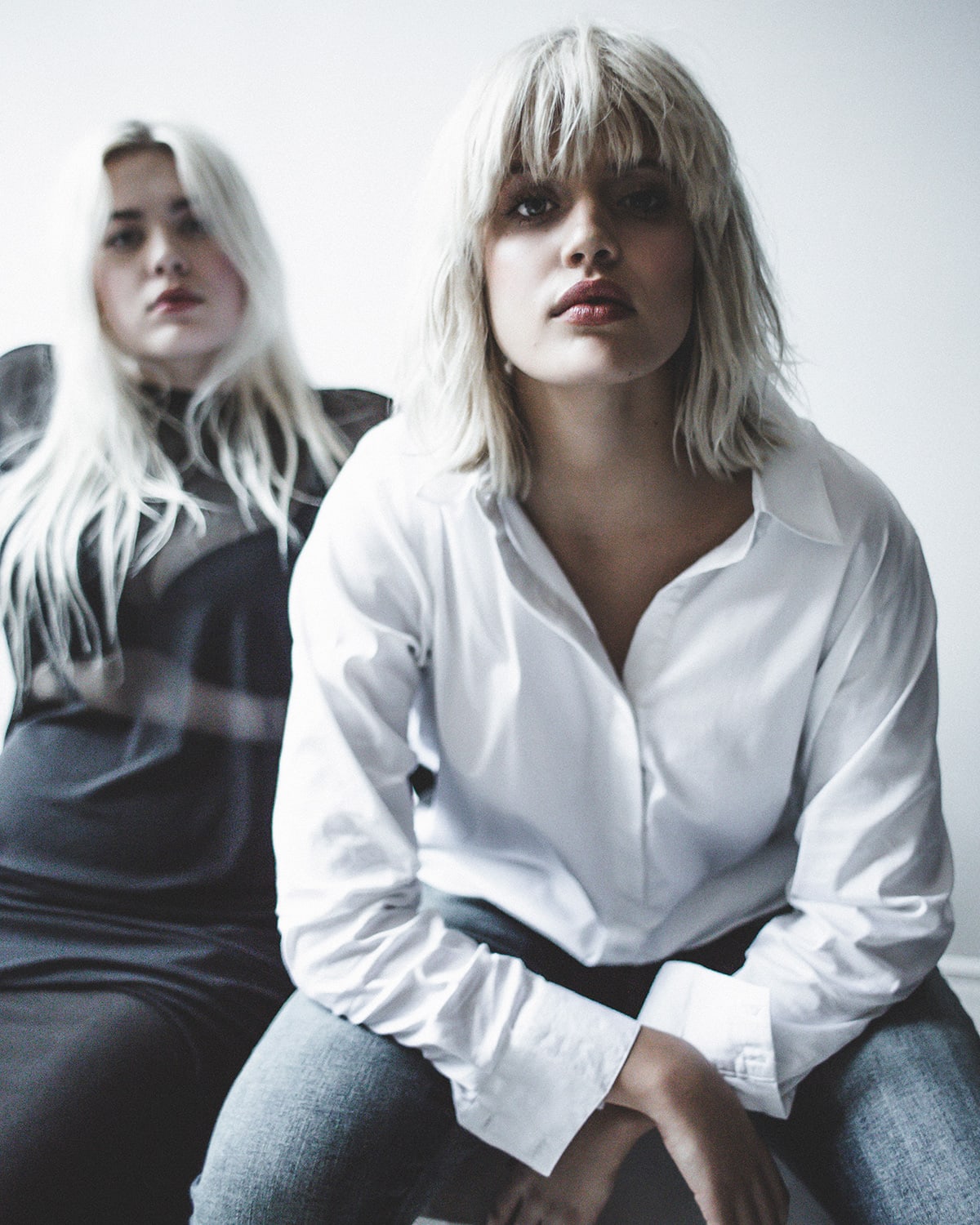A full 67% of American women are size 14 or larger, yet they only represent 18% of all apparel purchases. It’s not because plus-size women aren’t interested in buying clothes, but rather because there’s a shortage of good options. The majority of plus-size women—81% according to one survey—say they would spend more money on clothing if they had more choices of clothes that fit them. It’s slim pickings out there.
Take it from Alexandra Waldman, who cofounded the plus-size clothing brand Universal Standard nearly two years ago out of sheer desperation. “I’m a size 20,” she explains. “Shopping is really tough: You’re constantly in the position of choosing the best of the worst. You wear what is available, creating a hodgepodge look, without the ability to express your own style.”
Universal Standard–which Waldman cofounded with former investment banker Polina Veksler–creates sleek, minimalistic clothing for women sizes 10 to 28. The looks are inspired by sophisticated urban brands like Theory, Helmut Lang, and Rag & Bone, and are made from high-quality materials like Peruvian jerseys and alpacas, French satin and terry, and denims and cashmeres. “I’ve spent my life buying plus-size clothes that, if you walk a little too fast, you could light yourself on fire because they are made of such poor-quality synthetic materials,” says Waldman.
Her own experiences as a consumer allow her to preempt the needs of the plus-size shopper. For instance, many women who find themselves at a size 16 or 24 one day don’t believe they will stay at this weight for very long. They’re worried about investing in expensive clothing because they might be planning to lose the weight. Or conversely, since they don’t know why they gained the weight in the first place, they’re afraid they might keep getting heavier.
To address this concern, the brand has launched a program called Universal Fit Liberty, which allows women to exchange pieces from the brand’s core collection for a different size at no additional cost at any point during the first year of purchase. Universal Standard goes on to donate clothes that are returned to local charities. “Women were disassociating from themselves because they didn’t want to accept what they were seeing in the mirror,” Waldman says. “So they bought cheap clothes that they felt would be temporary, or they bought clothes that were too small. We wanted to find a solution that would put an end to this vicious cycle.”
The startup just received a $1.5 million seed investment led by Red Sea Ventures, an early-stage VC firm that has helped launch successful fashion brands like Outdoor Voices, Allbirds, and Tracksmith. Scott Birnbaum, the founder of Red Sea Ventures, is betting that Universal Standard will be able to offer women a high-end approach to plus-size clothing that simply doesn’t exist on the market right now. “The prevailing belief in the fashion industry is that plus-size women will only spend money on discount clothing,” he says. “The implication here is that plus-size women either don’t have money or they don’t want to spend their money on clothing. I just don’t think this is true.”
Until recently, the 700-store fast-fashion retailer Lane Bryant dominated the plus-size market, but it could barely scratch the surface of consumer demand. (It only has three stores on the entire island of Manhattan, for instance.) A smattering of mainstream brands like Calvin Klein, Michael Kors, Ralph Lauren, and Eileen Fisher put out small collections of plus-size outfits. But the choices generally aren’t great.
The good news for American women is that the tide is turning. The fashion industry seems to be recognizing that plus-size women are the norm, not the exception. This year, a record-breaking 27 plus-size models walked in New York Fashion Week, compared to only 12 last season, and four the season before that. Designers have been creating looks for larger women. Prabal Gurung just designed a collection with Lane Bryant, Victoria Beckham’s upcoming Target collaboration goes up to 24, and Melissa McCarthy recently launched her own fashion line that comes in a wide range of sizes.
Birnbaum is betting that plus-size women are looking for high-quality clothing that fits them, even if it comes at a higher price point. Universal Standard dresses cost between $120 and $150, while jeans go for $90, on par with other premium brands. Since launching in September 2015, the brand has tripled sales every quarter.
He was also impressed by the brand’s designs, which received a seal of approval from Tom and Ruth Chapman, founders of the influential luxury e-commerce brand Matches Fashion. Universal Standard has a modern, minimalistic take on fashion and favors a neutral palette of blacks, whites, grays, and tans. “Many plus-size brands create clothes that look like you are perpetually going to a baby shower in Long Island,” Waldman says, describing the flowery, pastel-hued dresses that many of her competitors churn out. “I’ve never understood why they always go for those colors.”
For all brands specializing in plus-size garments, fit is crucial to success. According to research conducted by Modcloth, 77% of plus-size women can’t find clothing that fits well and 73% say sizing is inconsistent across brands. Part of the problem is that most fashion brands generally use one fit model–typically in a size six–to create each piece of clothing, then proportionally scale up or down. But this creates serious problems when you’re scaling all the way up to size 24. “That’s not how bodies grow and expand,” Birnbaum says. “If you scale up from a size 6 to a size 24, the arm length will be enormous.”
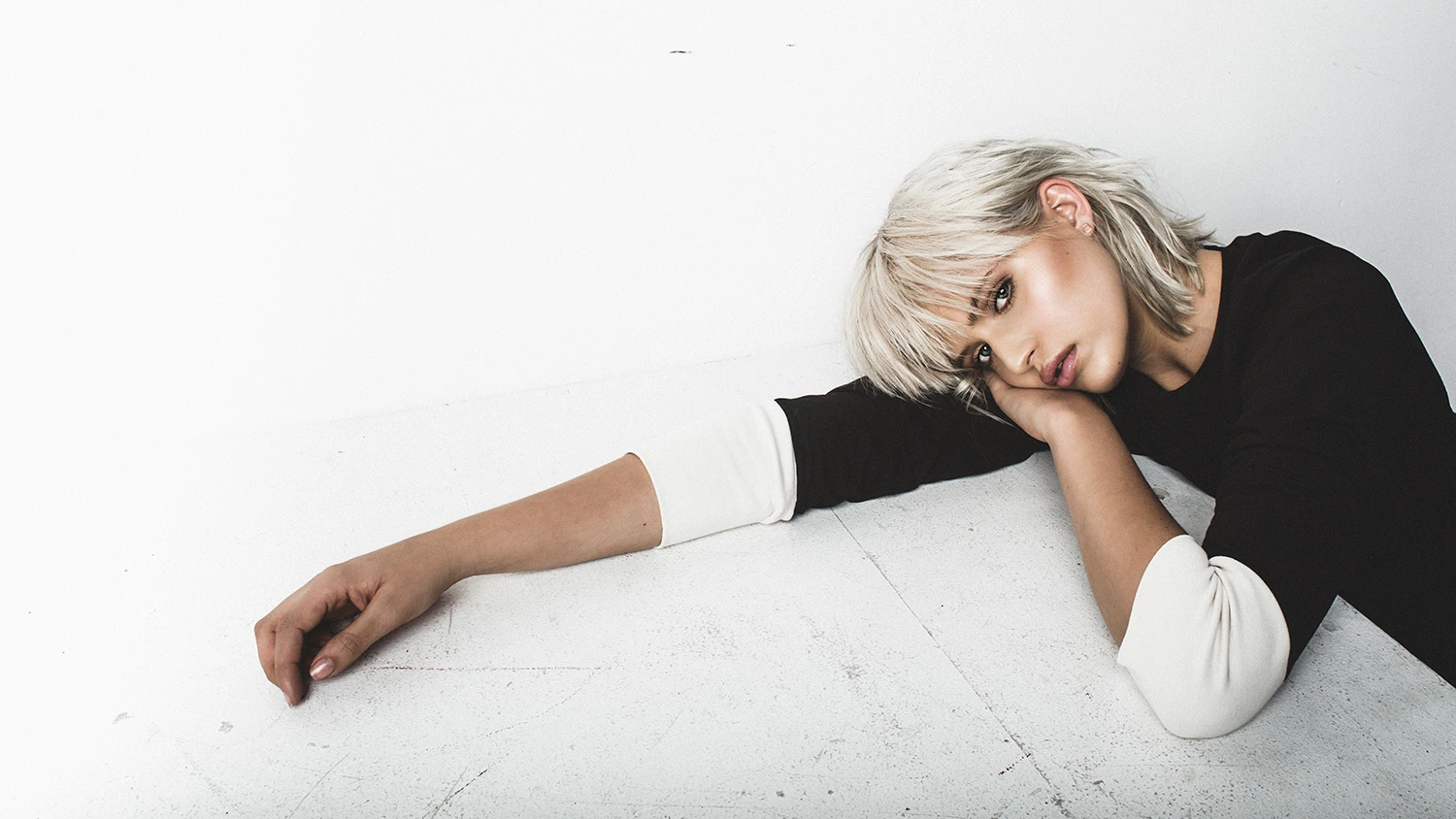
With this new infusion of seed funding, Universal Standard will be working to pump out more clothes to meet the demand from their growing customer base. It is also about to partner with Nordstrom to bring their collection to a wider audience. Throughout this expansion, Waldman wants the brand to continue delivering on the high-quality and elegant design that customers are looking for. “Finding something that fits shouldn’t be a special experience,” Waldman says. “In order to start to equalize the playing field, we’ve got to stop patting ourselves on the back every time you find a frock that you can wear.”
Recognize your brand’s excellence by applying to this year’s Brands That Matter Awards before the early-rate deadline, May 3.
